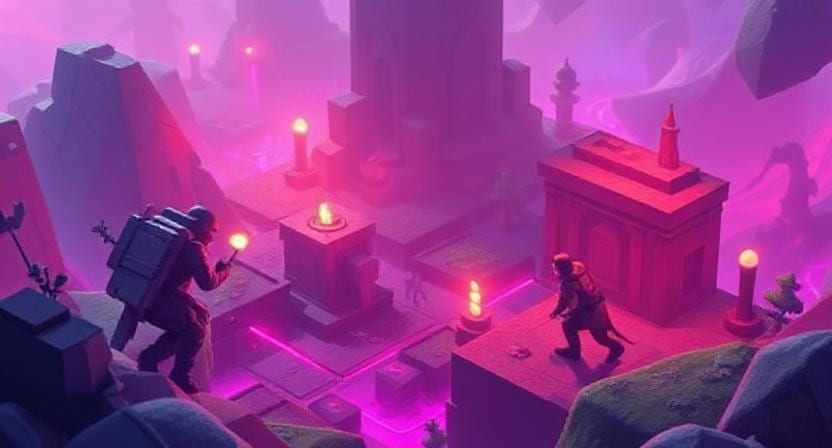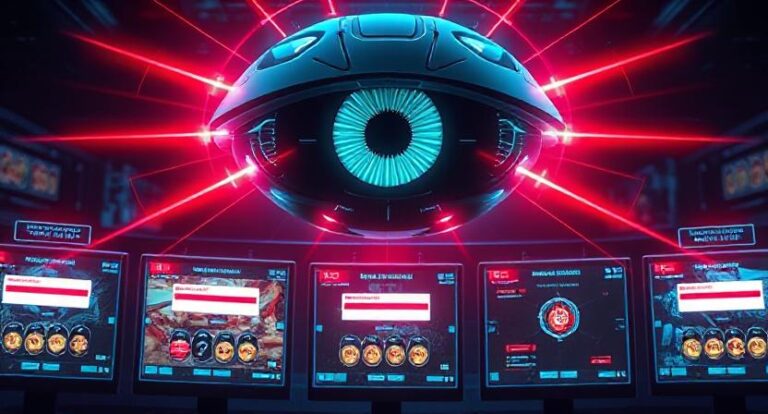5 Game Design Mistakes & Fixes for 2025

Game design is exciting but tricky. Even experienced designers make mistakes. If you want to create a great game, you must avoid these common errors....
⏱️ Estimated reading time: 3 min
Latest News
Game design is exciting but tricky. Even experienced designers make mistakes. If you want to create a great game, you must avoid these common errors. Let’s go through them and learn how to fix them.
1. Poor Game Balance
Balance is key in any game. If a game is too easy, players will get bored. If it is too hard, they will quit. A game should challenge players while keeping it fair.
How to Fix It
- Test your game with different players.
- Adjust difficulty based on feedback.
- Use data to track where players struggle or progress too fast.
- Make sure every level or mission feels rewarding.
2. Weak User Interface (UI)
A bad UI can ruin the player’s experience. If menus are confusing or buttons are hard to find, players will get frustrated. A clean and simple UI makes a game more fun.
How to Fix It
- Keep menus simple and easy to navigate.
- Use clear icons and readable text.
- Make sure buttons and controls work smoothly.
- Test the UI with new players to see if they understand it easily.
3. Over-complicated Mechanics
A game should be fun, not stressful. Too many complex controls or mechanics can scare players away. A simple game with smooth game-play is always better than a confusing one.
How to Fix It
- Focus on core game-play first.
- Avoid adding too many features at once.
- Explain mechanics through tutorials or small hints.
- Play test often to see if players understand the game easily.
4. Lack of Player Guidance
If players don’t know what to do, they will feel lost. A game needs to guide them without forcing them too much. Good tutorials and hints help players learn without frustration.
How to Fix It
- Add short and simple tutorials.
- Use visual cues like arrows or glowing objects.
- Let players explore but provide guidance when needed.
- Give hints instead of long instructions.
5. Ignoring Player Feedback
One of the biggest mistakes is not listening to players. A game may look perfect to the designer but feel terrible to the players. Always take feedback seriously.
How to Fix It
- Allow players to share feedback through forums or social media.
- Watch game-play sessions to see where players struggle.
- Update the game based on common complaints.
- Remember that happy players will support your game.

Final Thoughts
Mistakes happen in game design. The best designers learn from them. Focus on balance, clear UI, simple mechanics, proper guidance, and player feedback. Keep improving and testing your game. In 2025, the best games will be the ones that listen to players and provide a smooth experience.
Start designing better games today. Good luck!
Related Posts

AI Agents Monitor In-Game Behavior to Prevent Fraud
How AI Agents Detect Fraudulent Behavior Tackling a Growing Concern in Competitive Game Development The...
September 23, 2025

Unity 2025 Trend Social Game Layers Go Live
Unity’s 2025 Push Live Social Layers and In-Game Chat Redefining Player Interaction The gaming industry...
September 23, 2025

Europe Thriving Tech Scene New Unicorn Startups
Europe’s Tech Boom: Over 10 Unicorns Emerge Europe’s tech sector continues its impressive growth trajectory...
September 8, 2025











Leave a Reply